2019 China Blockchain Underlying Technology Platform Development Report: 78% of the originality of the architecture, landing applications focus on three major areas
Article 丨 Interlink Pulse Academy
Reprinted without authorization!
On December 14th, at the 2019 IN-CHAIN Global Blockchain Summit, under the guidance of the Fifth Institute of Electronics of the Ministry of Industry and Information Technology, the “ 2019 China Blockchain Underlying Technology Platform Development Report '' (under the "Report").
This report comprehensively evaluates the 28 domestic underlying technology platforms of the blockchain from the three major latitudes of basic technical capabilities, application capabilities, and social recognition, and finally reaches the final results.
- Libra Association releases second edition of Libra Core roadmap goal to attract 100 members to join
- Exploring the Value of Bitcoin: Energy Is Value?
- Researcher of Chinese Academy of Social Sciences: Implementing the rule of law network into blockchain management
Summary of key points of the report:
1. The report shows that 60% of the 28 underlying blockchain technology platforms have been operating for less than 2 years. Among them, native blockchain companies account for the highest proportion, accounting for nearly 70%. Nine underlying technology platforms are built by large-scale technology companies, and seven technology companies have positioned the development of the underlying blockchain technology platform as their core strategy.
2. From the perspective of R & D investment, 30% of the company's annual R & D investment exceeds 10 million yuan, of which the largest number of companies with R & D investment of 10-20 million yuan each year, large technology companies have absolute capital and talent advantages. In terms of the size of R & D personnel, there are 4 R & D teams with more than 100 people, and about 30% of the companies have more than 50 R & D personnel.
3. In terms of originality of the architecture, nearly 80% of the platforms claim that their underlying architecture is self-developed, but a significant number of these platforms are actually improved fabric architectures.
4. In terms of patents, 50% of the underlying technology platforms have applied for more than 50 patents, and the number of companies with patents ranging from 10-50 is the largest, accounting for about 32%.
5. In terms of performance breakthrough, nearly 50% of the platforms have a total throughput of over 10,000, of which 3 platforms can reach a total throughput of one million. The transaction confirmation speed has been greatly improved. Most platforms can confirm in the second or even the millisecond.
6. Open source is the general trend. Currently, there are 7 underlying platforms that are 100% open source, and 12 underlying platforms implement partial open source.
7. Transaction privacy protection is inadequate. Jiucheng platforms all support privacy protection, improving security from the aspects of identity security, access control, privacy protection and anti-attack, but only 4 platforms have privacy protection measures for on-chain transactions.
8. Landing applications focus on three major areas. Nearly 70% of the platform landing projects have more than 3 application areas. The fields of finance, government affairs, and trade logistics have become indispensable.

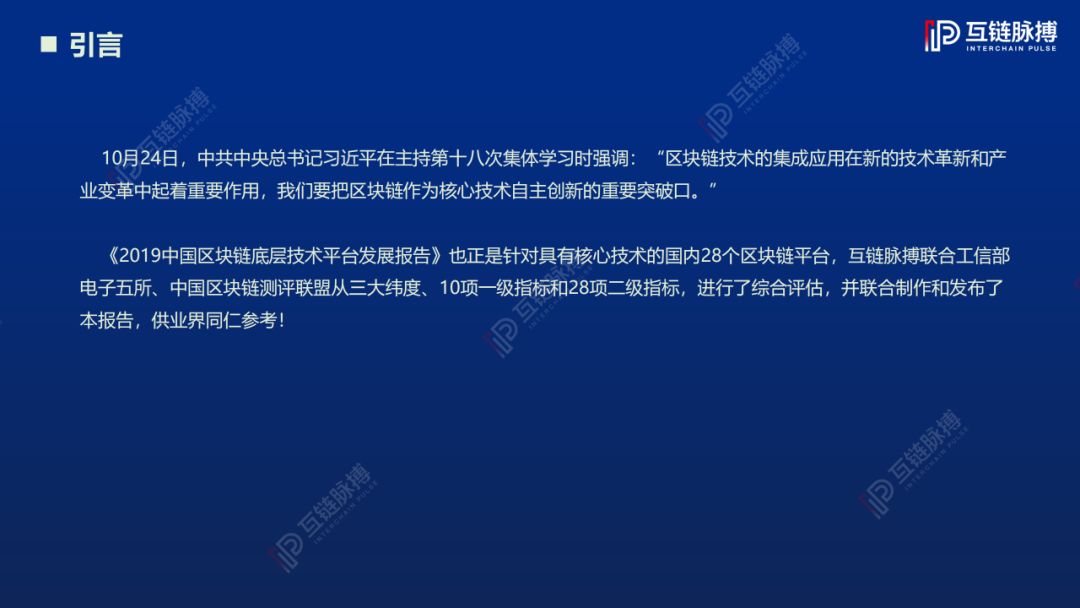
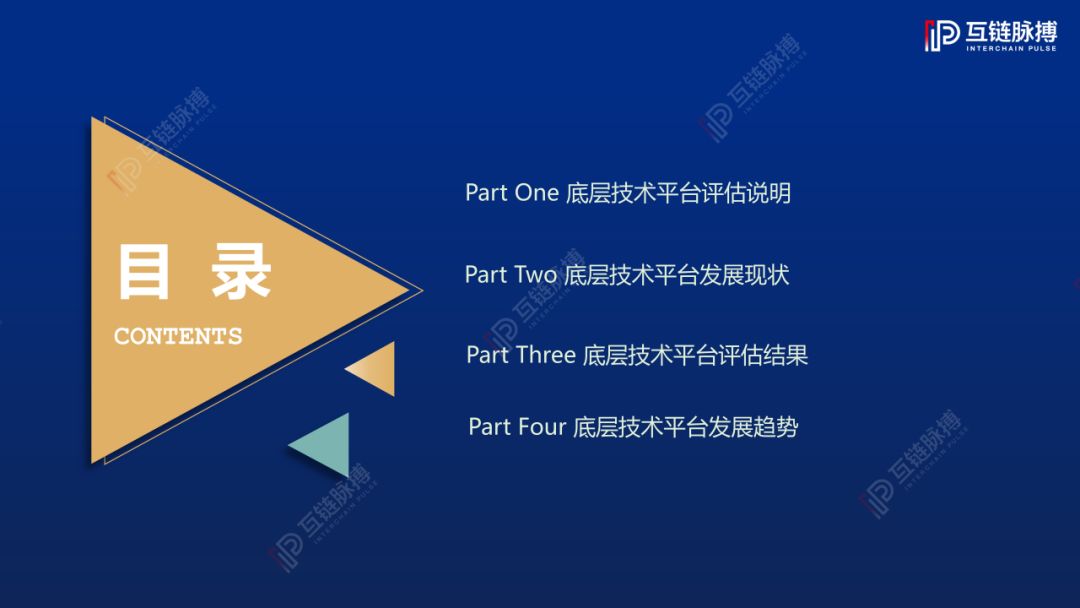



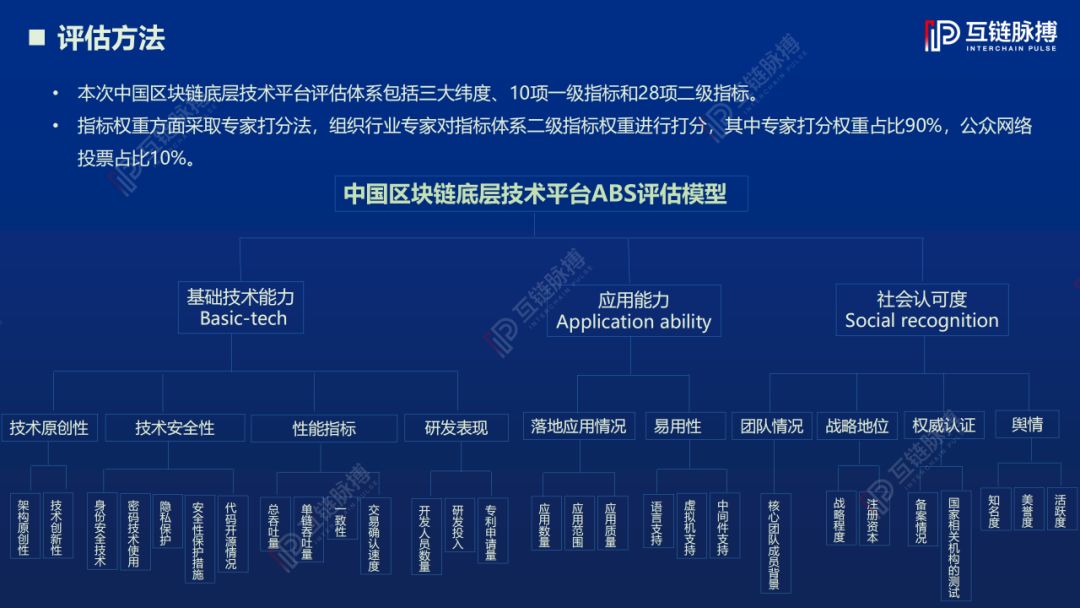
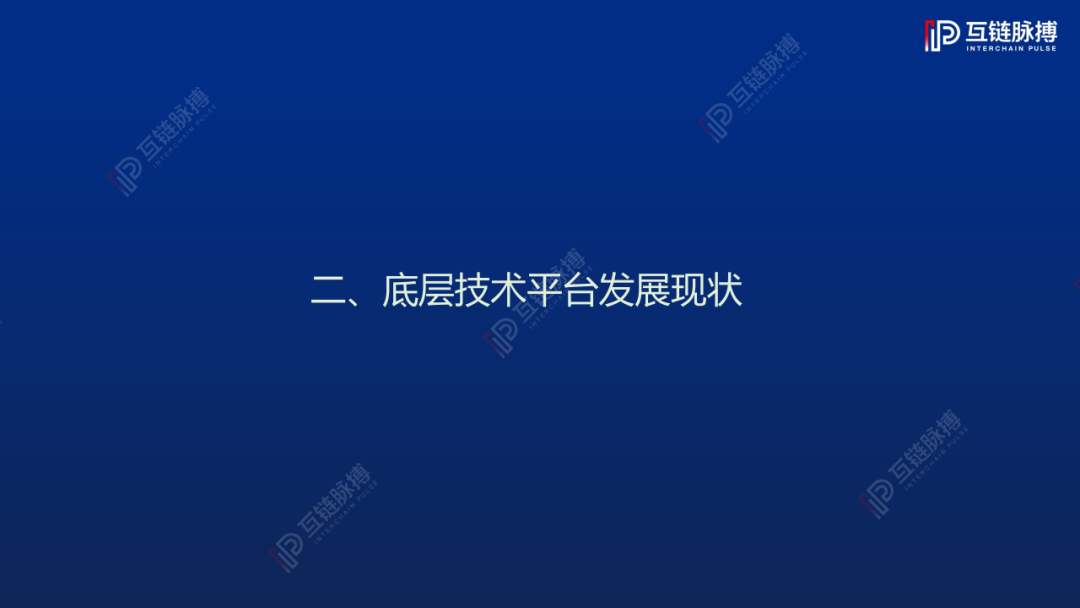
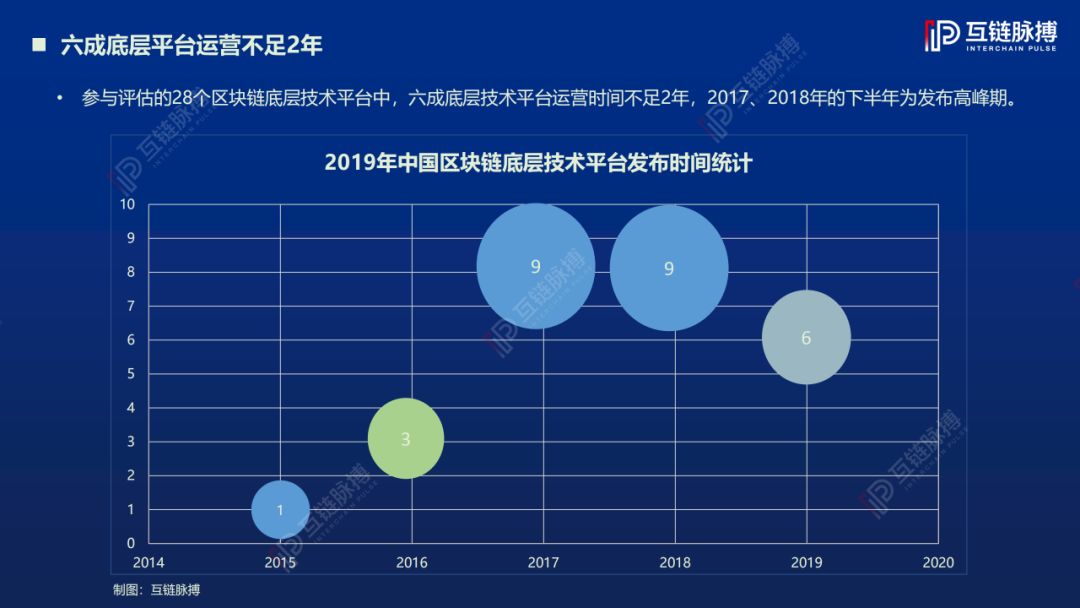



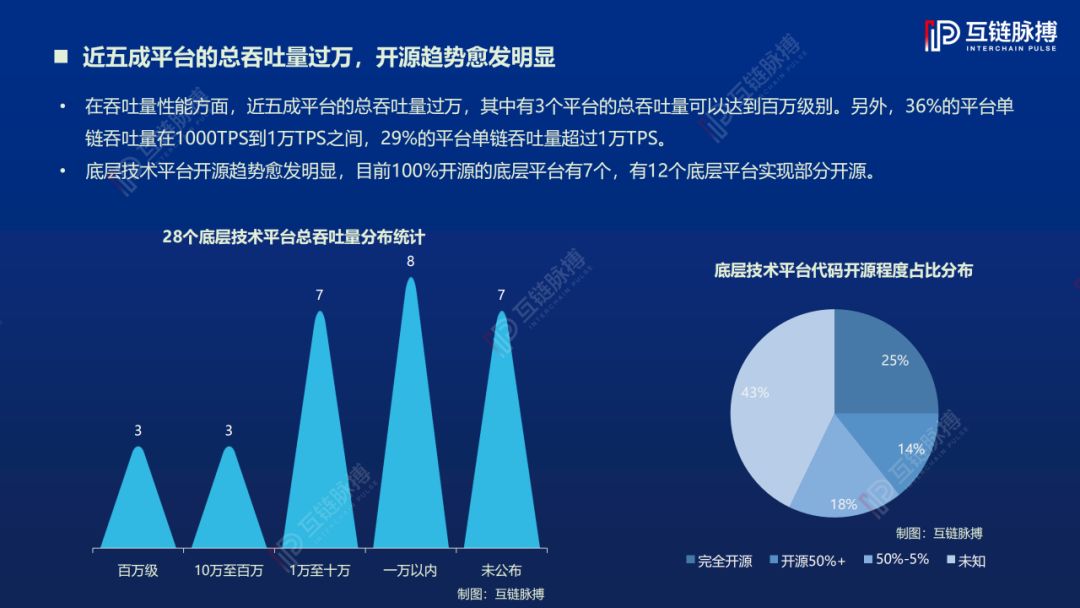
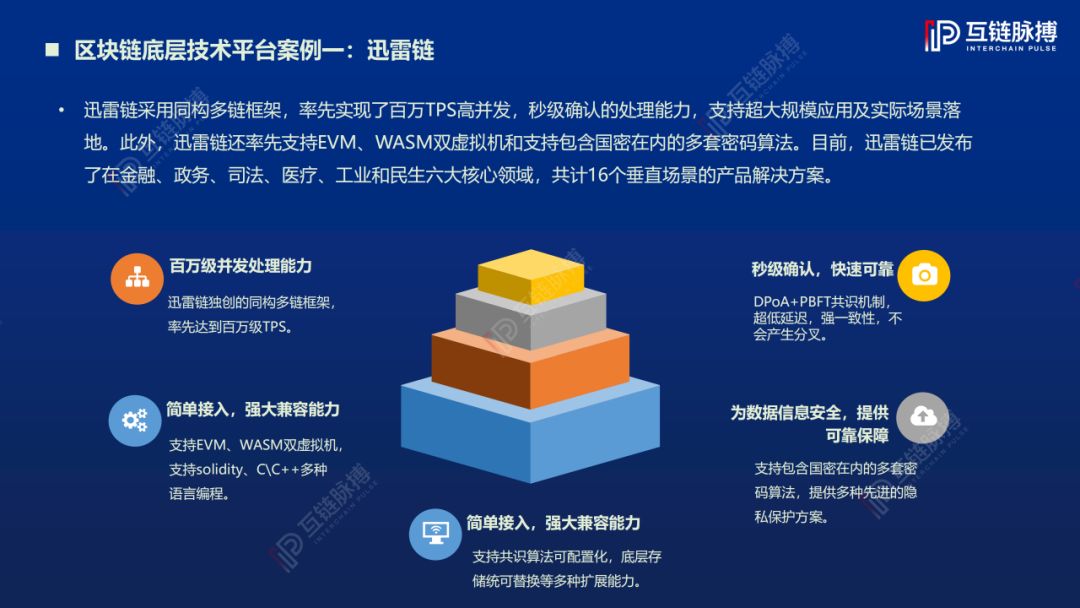

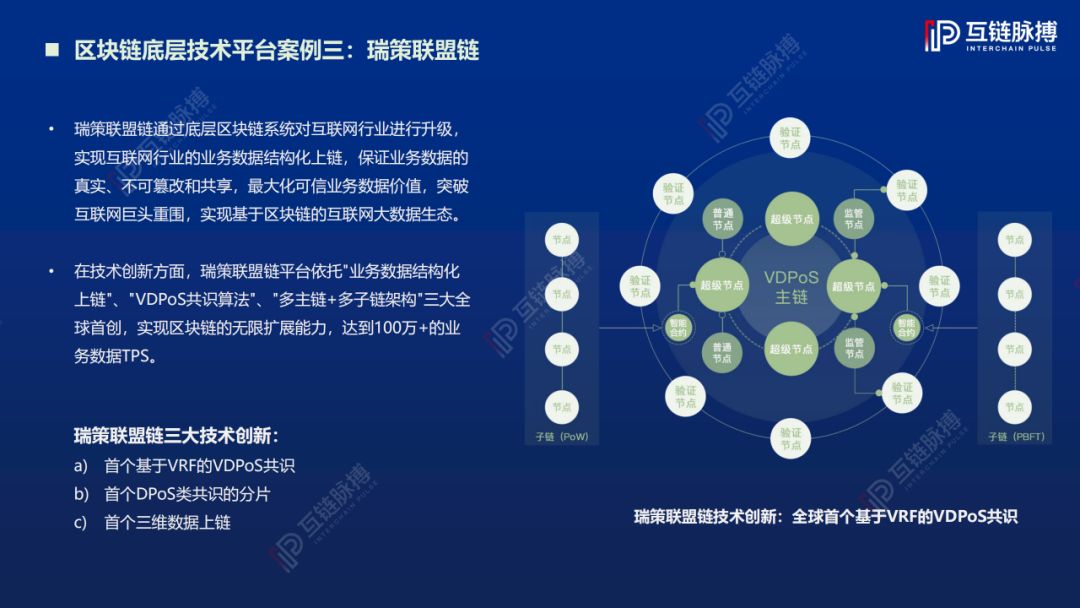
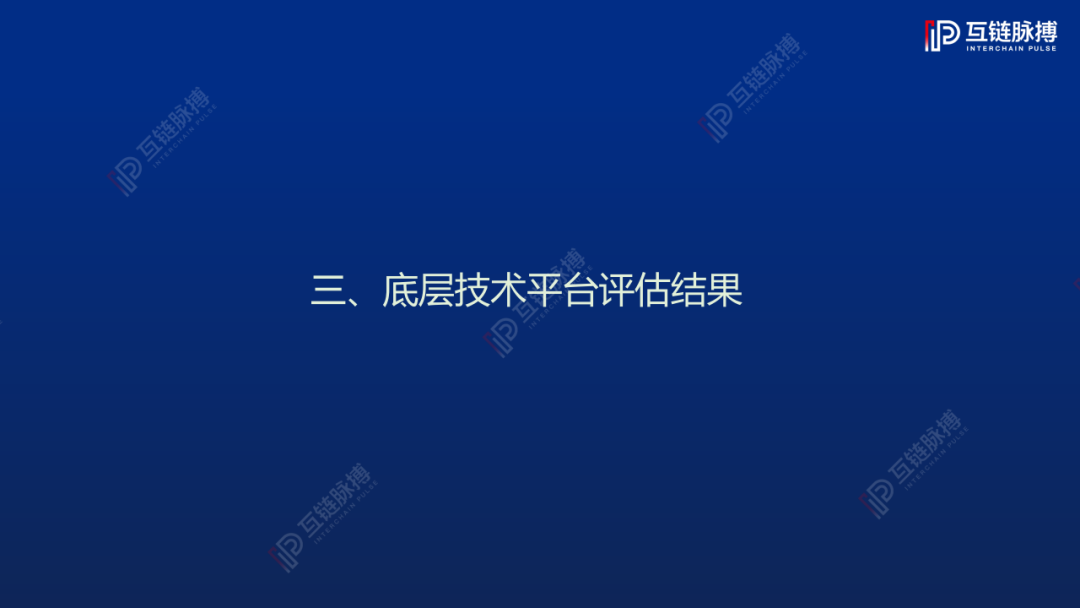
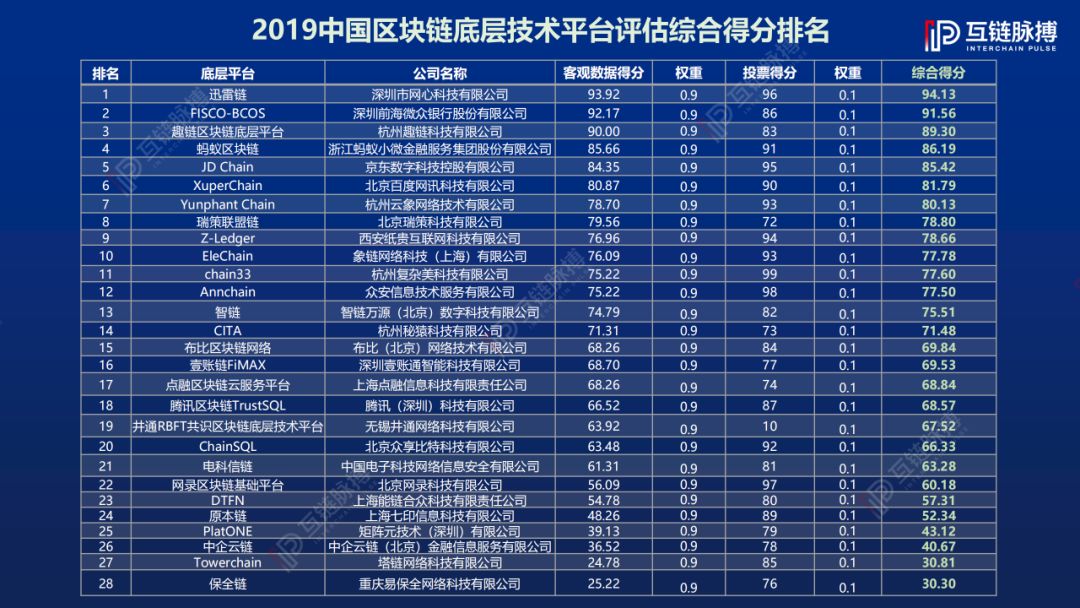

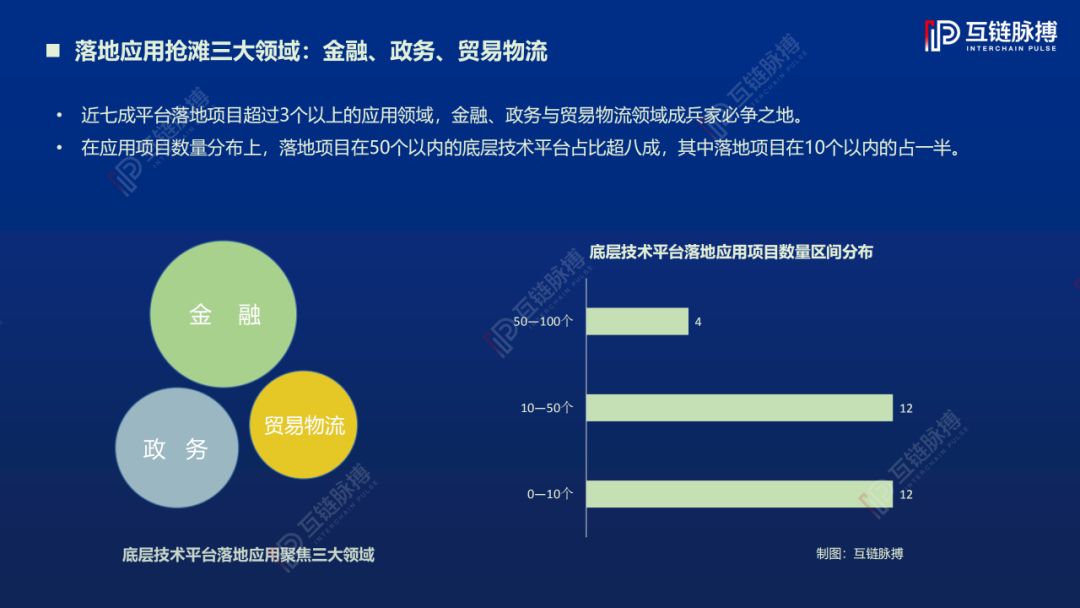
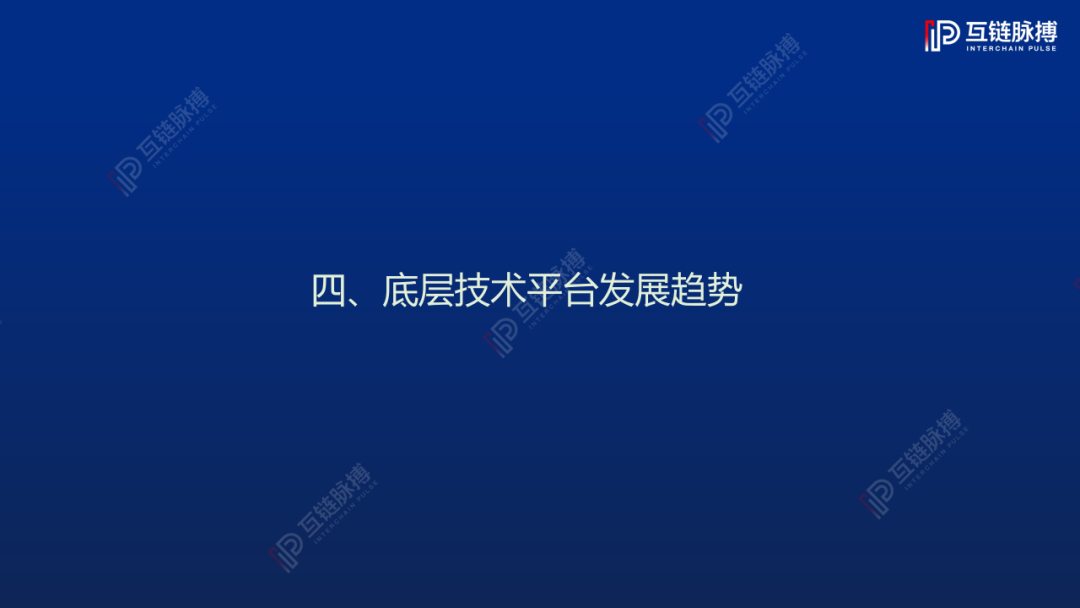

We will continue to update Blocking; if you have any questions or suggestions, please contact us!
Was this article helpful?
93 out of 132 found this helpful
Related articles
- Baidu Blockchain Xiao Wei: Focus on Exploring "Trusted Computing + Blockchain" Next Year
- Crypto Derivatives: Blessing is not a curse, a curse cannot be avoided
- Hedge fund Fortress raises the price several times to buy MtGox claims. Will you sell 30% of Bitcoin?
- Ethereum's DETH: 2020 may be a particularly crazy year
- Asset on-chain practice: how the emerging public chain Algorand 2.0 promotes real-world transactions with ASA
- Big coffee perspective: 20 investment tips from the founders of Messari and the crypto market outlook
- How to judge whether the STO project is compliant? ——Based on public or private equity






